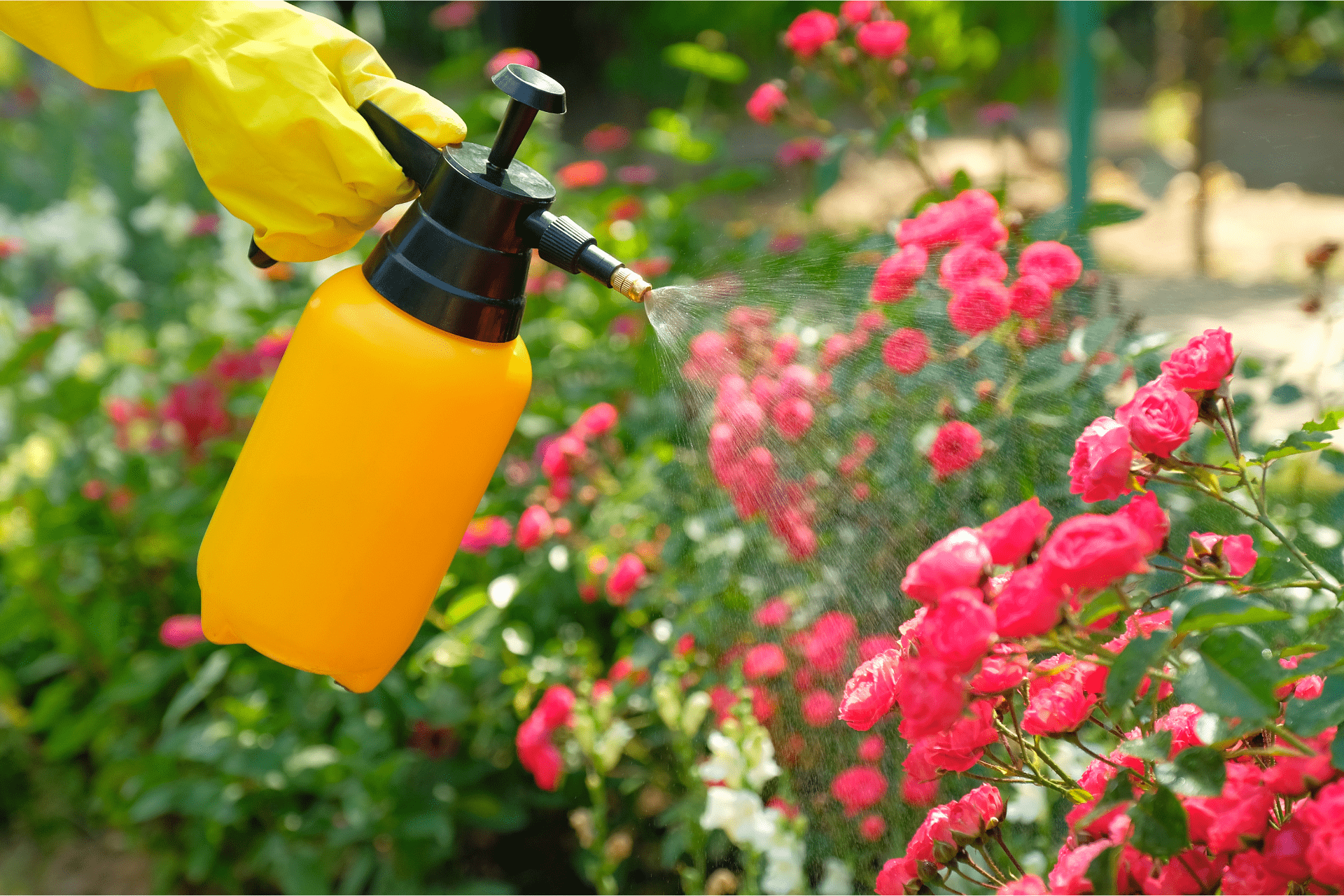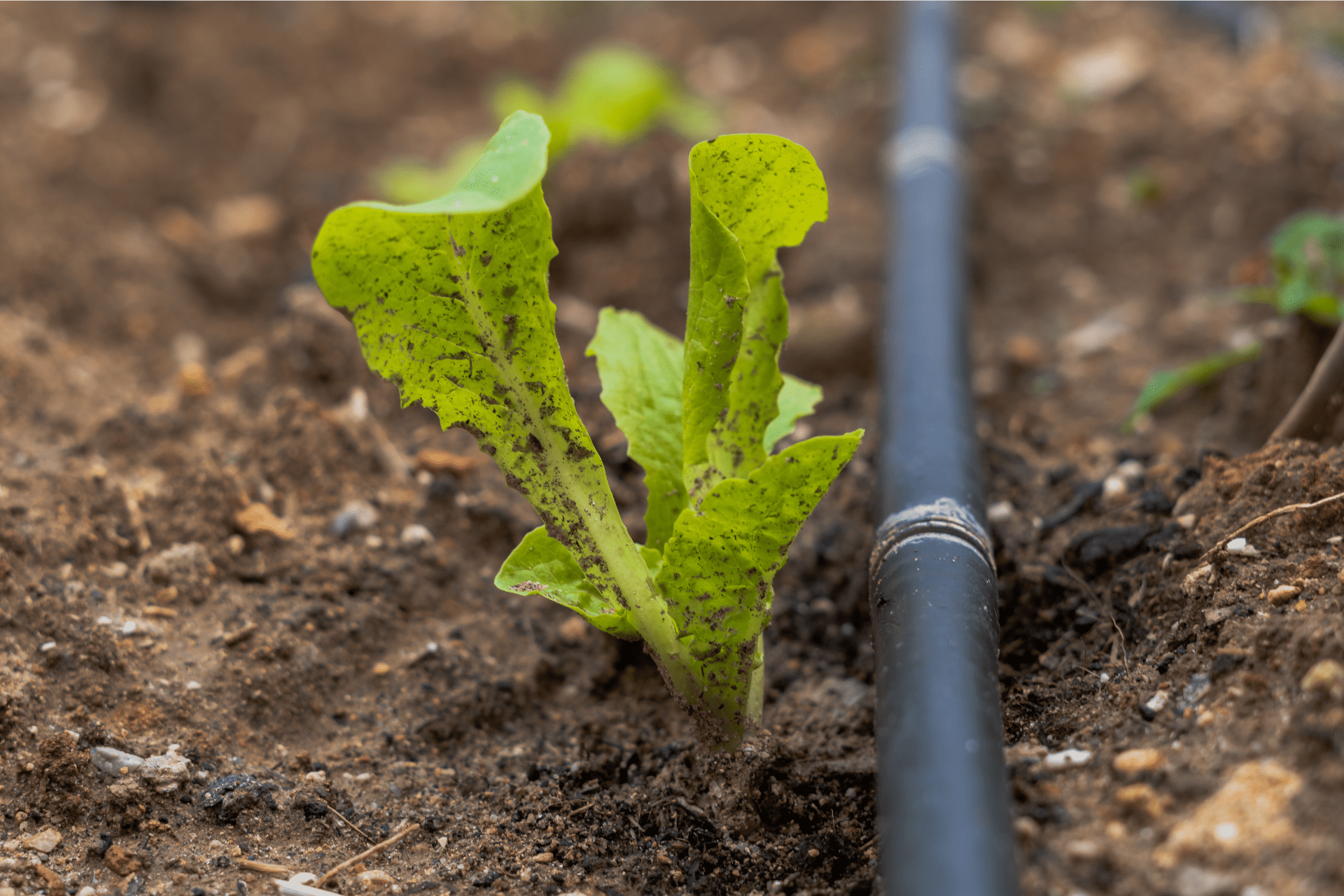Xeriscaping

When there's a Boise landscape that needs to be done, we get the job done. Whatever the job is, you can count on us.
Xeriscaping is the ultimate environmentally-friendly and low-maintenance solution, so it's no wonder they're so in demand.
Xeriscapes are the pinnacle of water conservation, ease of maintenance, and environmental-friendliness. These hardy landscapes can survive on barely any water at all and are as low-maintenance as it gets, saving you tons of effort in watering and pruning, and minimizing the maintenance costs.
That’s not all though. Xeriscaping brings tons of other benefits.
Little water needed: The one thing that all xeriscaping aims to achieve is the minimal use of water.
From plants that are able to drive in dry conditions to mulching to retain soil moisture, every aspect in a xeriscape aims to help it use less water. Needless to say, you won’t need to water your plants very often, and even when you do, you won’t need to use much water.
This helps conserve water, which can be a huge deal in areas where water or rain is scarce, and. And more importantly, your water bills will be lower than any other type of landscape.
Low-maintenance: Besides the obvious less frequent need for watering, plants used in xeriscapes grow at a slower rate than most plants. They’ve also been chosen for their toughness and ability to thrive in dry conditions, and as such do not require fertilizer.
In other words, you won’t have to spend a cent on fertilizer and can save on the time applying it, and you’ll only have to perform minimal pruning once in a while.
You won’t have to do much weeding either, as the mulching and ground covers employed in xeriscapes blocks out sunlight from reaching weeds, thus slowing their growth significantly.
Basically, xeriscapes will save you a ton of time and effort on maintenance, as well as money.
Environmental-friendliness: For environment lovers, you’ll be glad to hear that xeriscapes are the most environmental-friendly option for your backyard or garden.
By now, you’ve heard this repeated many times already, but xeriscapes require very very little water to survive, which means compared to other landscapes, you’re using the least amount of water possible. By conserving water, a precious resource, you leave more of it for others to use, in particular wildlife, who may not have ready access to water through a tap like you do.
This isn’t too big of a deal in cities that are thriving, but in rural areas or simply areas facing water shortage issues, xeriscapes contribute hugely to preserving the scarce water supply.
Xeriscapes also don’t require much pesticides. This is because the plants are not only tough, but have also adapted to local pests and diseases, thus not requiring much pesticides. This is of course beneficial to the environment.
By not requiring much pesticides or fertilizer, xeriscapes also reduce runoff pollution, which is when rain falls on gardens or lawns and washes these chemicals into waterways, contributing to water pollution.
Finally, given that not much maintenance is needed for xeriscapes, you’re also minimizing the amount of electricity used during maintenance by the equipment such as lawn mowers and trimmers, which means less greenhouse gases being released by the production of electricity. You’re also directly helping reduce the greenhouse gas emissions by those equipment themselves.
All in all, there are plenty of reasons to go for xeriscapes. For those wondering how it’s achieved, here’s how we do it.
Drought-resistant native plants: The most important feature of a xeriscape is the plants used. For xeriscaping, we always use native plants that can thrive in dry conditions. The reason for this is that native plants are plants that naturally occur in your region. This means that they have adapted to local conditions, including the rainfall patterns, climate, soil, and even pests.
As such, native plants can literally be left on their own, just like in the wild where they are already thriving, and they can flourish with almost no care or landscape maintenance at all. Since all they needed to survive in the wild was the natural rain, they need almost no care or maintenance from you at all, except some supplemental watering in the initial stages to help them establish their roots, and during dryer periods or seasons.
Also, given that native plants have adapted to the local conditions, they will have developed resistance to the pests and diseases there, thus reducing the need for disease treatment and pesticides, which helps make xeriscapes even more low-maintenance and environmentally friendly.
To sum it up, drought-resistant native plants are as low-maintenance and water-conserving as it gets, which is why they’re a must-have for xeriscapes.


Efficient irrigation: To further reduce the amount of maintenance required, irrigation systems can be set up. These include drip irrigation systems, soaker hoses, and smart irrigation systems.
There’s not much to say, but basically, irrigation systems further reduce the amount of manual maintenance needed, while at the same time employing water efficiently and helping to conserve water resources.
The initial setup cost may not be small, but the convenience and time savings are priceless. For those already engaging or intending to engage a professional to maintain your outdoor area, these costs will eventually add up to exceed the initial cost of setting up the irrigation system anyway, so it makes more sense to pay for the irrigation system and do without the professional.
Mulches and ground covers: The final component of xeriscapes is using mulches and ground covers to retain moisture and suppress weed growth.
Both mulches and ground covers act as a barrier between the soil and the sun, thus reducing the evaporation from the soil and helping to retain the soil moisture. This reduces the need for watering.
By blocking the sun off, mulches and ground covers also inhibit the growth of weeds, which further helps retain moisture by reducing the number of weeds that compete with the plants for moisture.
And that’s it. Those are the main components of xeriscaping. Of course, there are many small bits and pieces that have to be done correctly, which is why
Boise Landscaping Company is here to make sure everything turns out the way you want it to.
Incorporating Hardscapes Into Your Xeriscape
We the offer the best paver installers Boise ID residents can trust.
In dry landscapes, soil erosion can be an issue, especially when rain is scarce. During such times, pavers not only stabilize the ground to prevent soil erosion, but pavers are also very low-maintenance, reducing the amount of maintenance needed for your xeriscape.
If you’re ready to turn your landscape into a xeriscape, call us today at 208-584-5202
for a free no-obligation quote!
Or if you prefer, you can drop us a message through our contact form or email us at info@boiselandscapingcompany.com
for any inquiries!

